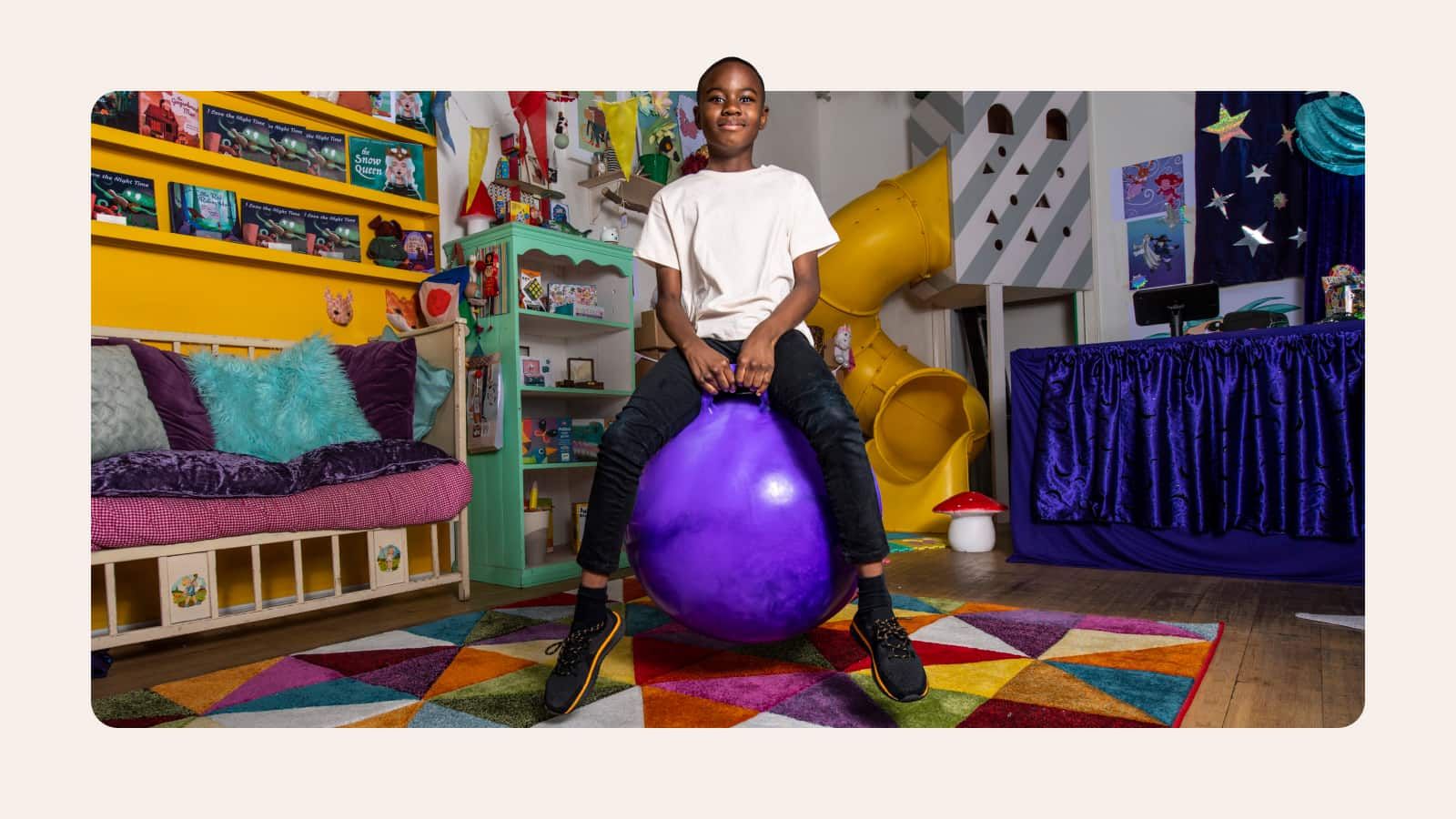“My wife and I have eight children, from 21 years old to a one month-old” says Tom, a fraud investigator at Starling Bank. Organising pocket money is a complex operation for their household, with children up to the age of 18 receiving weekly pocket money payments that are tailored to their age bracket.
Tom’s children are given autonomy over their pocket money – something he believes is important for their money management skills – meaning that he sees his children take lots of different approaches to it.
“I have a son who’s a real saver – he’s probably got more saved up than me!” Tom says. He talks of the pride he feels seeing his son take such a responsible approach to saving. But this can limit his understanding of what things cost in the real world in comparison to his sons and daughters who spend more frequently.
Rachel, Starling’s Brand & Marketing Director, also reports how differently her three sons manage their money, despite receiving an equal financial education at home. Her twin boys, aged 10, are particularly divided: “If their grandparents put £10 on their Starling Kite card, one of them will spend it within two hours while the other will calculate how much closer he is to saving for a Nintendo Switch.”
While both Rachel and Tom’s children have varied attitudes towards money, what’s always consistent is how much both families talk about it.
“Taking our kids grocery shopping is brilliant for showing them the value of things” Rachel says. “They’re becoming really savvy at spotting the best discounts, and as the cost of living crisis bites, we’re showing them how switching to own-brand groceries helps us stick to our weekly budget.”
